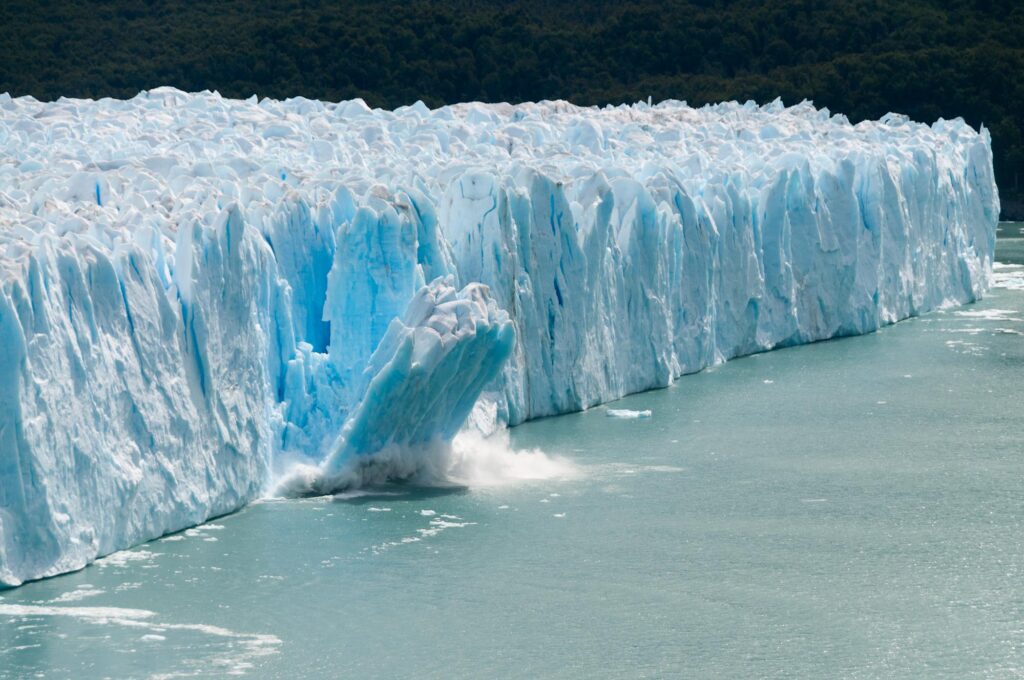
Emsys incorporates CO2 ‘Equivalent’ (CO2E) measurements into its market-leading emission reporting package
15th May 2022 | Company News, General News
Global warming potential (GWP) is the heat absorbed by any greenhouse gas in the atmosphere, as a multiple of the heat that would be absorbed by the same mass of carbon dioxide (CO2). The GWP is 1 for CO2. For other gases it depends on the gas and how long they remain in the atmosphere.
Each greenhouse gas (GHG) has a different global warming potential (GWP) and persists for a different length of time in the atmosphere. The three main greenhouse gases are;
- CO2 (Carbon Dioxide) will remain in the atmosphere for between 300 to 1,000 years. All this time, it will be contributing to trapping heat and warming the planet.
- CH4 (Methane) . Releasing 1 kg of CH4 into the atmosphere is about equivalent to releasing 84 kg of CO2, however Methane’s 100-year GWP is about 28x CO2 – but it only persists in the atmosphere for a little more than a decade. The 100-year GWP is used to derive CO2e.
- N2O Nitrous oxide (N2O) Releasing 1 kg of N2O into the atmosphere is about equivalent to releasing about 298 kg of CO2. Nitrous oxide persists in the atmosphere for more than a century. It’s 20-year and 100-year GWP are basically the same.
These gases are highly prevalent in marine air pollution and are now being voluntarily reported by many shipowners. Emsys Maritime has further developed its unique mass emissions reporting capability to incorporate each of these gases and provide mass emissions inventory per voyage or between specific timeframes. The reports also include the CO2E calculations as per the IPCC methodology.
Contact our technical support team who will explain how Emsys can help you with your GHG emissions reporting requirements ask-us@emsys-maritime.com
